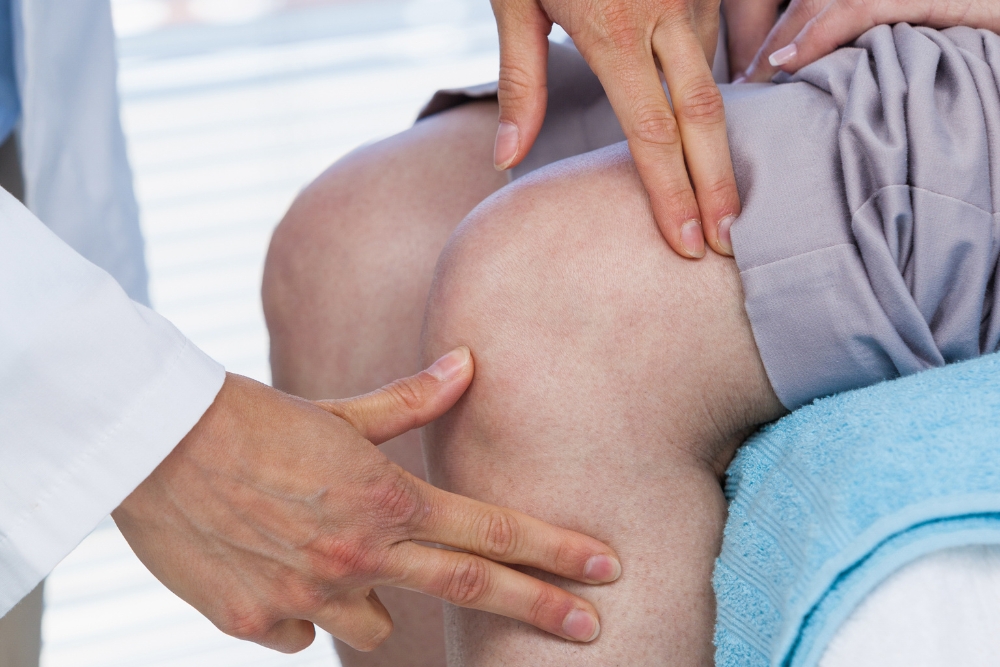Understand Lymphedema Swelling And Its Impact On Your Health
Lymphedema is a chronic condition characterized by swelling in various parts of the body, typically affecting the arms or legs. This condition occurs when the lymphatic system, responsible for draining excess fluid from tissues, is damaged or impaired. Understanding lymphedema swelling and its impact on health is crucial for those affected and their caregivers. This article explores the nature of lymphedema, its symptoms, causes, and how it can affect overall well-being.

What Is Lymphedema?
Lymphedema is a condition that results from a blockage or dysfunction in the lymphatic system. This system plays a vital role in maintaining fluid balance, fighting infections, and removing waste products from the body. When the lymphatic system is compromised, fluid accumulates in the affected area, leading to swelling. Lymphedema can be primary (inherited) or secondary (caused by damage to the lymphatic system), with the latter being more common.
Key Symptoms Of Lymphedema Swelling
Recognizing the symptoms of lymphedema is essential for early diagnosis and management. The primary indicator is persistent swelling in the affected limb or body part. Other symptoms may include:
-
A feeling of heaviness or tightness in the affected area
-
Restricted range of motion in the swollen limb
-
Thickening or hardening of the skin
-
Recurring infections in the affected area
-
Difficulty fitting into clothes or jewelry in the swollen region
It’s important to note that symptoms can vary in severity and may develop gradually over time.
Common Triggers and Causes Of Lymphedema
Understanding the triggers and causes of lymphedema can help in prevention and management strategies. While some cases are congenital, many are acquired due to various factors:
-
Cancer treatments: Surgery or radiation therapy that removes or damages lymph nodes
-
Infections: Severe infections can damage the lymphatic system
-
Obesity: Excess weight can put pressure on lymphatic vessels
-
Injuries: Trauma to the lymphatic system can impair its function
-
Chronic venous insufficiency: This condition can lead to secondary lymphedema
Identifying these factors can aid in developing targeted approaches to minimize the risk or progression of lymphedema.
How Lymphedema Impacts Daily Life
Lymphedema can significantly affect a person’s quality of life. The physical discomfort and visible swelling can lead to emotional distress and social challenges. Individuals with lymphedema may experience:
-
Difficulty performing everyday tasks due to limited mobility
-
Self-consciousness about appearance
-
Increased risk of skin infections
-
Challenges in finding properly fitting clothing or shoes
-
Potential impact on work or recreational activities
Understanding these impacts is crucial for developing comprehensive care plans and support systems for those affected by lymphedema.
Treatment Options for Lymphedema
While there is no cure for lymphedema, various treatment options can help manage symptoms and improve quality of life. Treatment approaches typically include:
-
Complete Decongestive Therapy (CDT): A combination of manual lymph drainage, compression therapy, exercise, and skin care
-
Compression garments: Specially designed clothing to help prevent fluid buildup
-
Exercise: Specific movements to encourage lymph flow
-
Lifestyle modifications: Including weight management and skin care practices
It’s important to work with healthcare professionals specializing in lymphedema to develop an individualized treatment plan.
Long-Term Management and Self-Care Strategies
Managing lymphedema is a long-term commitment that requires consistent self-care. Effective strategies include:
-
Maintaining a healthy weight to reduce pressure on the lymphatic system
-
Practicing good skin hygiene to prevent infections
-
Wearing compression garments as recommended by healthcare providers
-
Engaging in regular, gentle exercises to promote lymph flow
-
Avoiding tight clothing or jewelry that could restrict circulation
-
Being cautious with activities that might injure the affected area
By incorporating these strategies into daily life, individuals with lymphedema can better manage their condition and maintain their overall health.
Understanding lymphedema swelling and its impact on health is crucial for effective management and improved quality of life. While living with lymphedema presents challenges, with proper care and treatment, many individuals can lead active and fulfilling lives. It’s essential to work closely with healthcare providers and stay informed about the latest developments in lymphedema care to ensure the best possible outcomes.
This article is for informational purposes only and should not be considered medical advice. Please consult a qualified healthcare professional for personalized guidance and treatment.




